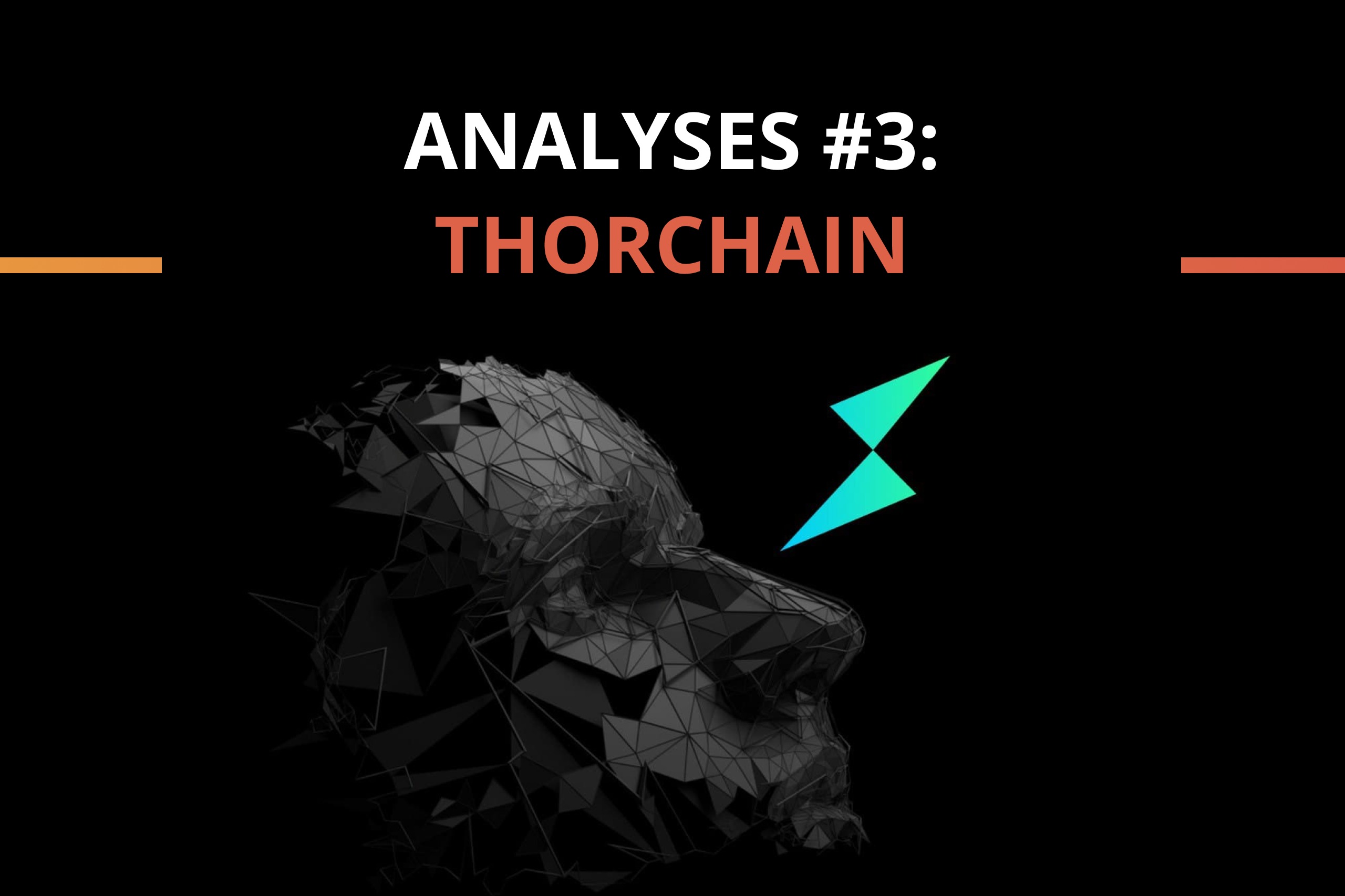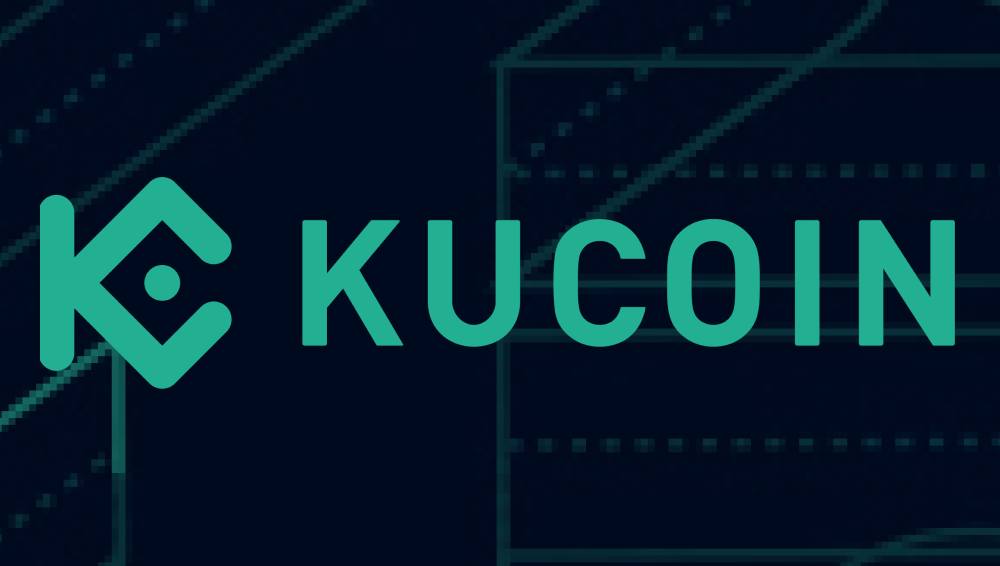This is the third analysis we are trying to look at some project key features and not only the price action. The blockchain industry is growing very fast, but the only thing that matters is the technology behind it. Hence, despite a lot of hype in the market, we are not promoting any project, but we evaluate the problem it is solving. The Thorchain project is a very good aspirant.
THORChain is an independent crypto network that aims to enable the exchange of assets across disparate blockchain networks in a non-custodial manner. Its protocol features a cross-chain bridge system (known as the Bifröst Protocol) to connect different chains. THORChain also uses an adapted version of Bancor’s “smart tokens,” which it calls Continuous Liquidity Pools (CLPs), to facilitate the exchange of assets. The key difference is that CLPs reward users for contributing to the liquidity in each pool. THORChain features a native token, RUNE, that owners can use to participate in the network or add to a liquidity pool.
History of Thorchain
The THORChain project was founded in 2018 at a Binance-sponsored hackathon 2018 under the premise that centralized exchanges to transfer crypto-assets between different blockchains were flawed. Non-custodial exchanges, otherwise known as decentralized exchanges (DEXs), were the long-term solution. Therefore, the THORChain team set out to build an independent blockchain that could bridge to external networks and facilitate cross-chain transfers, functioning similarly to a DEX.
In 2019, the project picked up momentum again with the GG18 Threshold Signature Scheme (TSS), which enabled the trustless cross-chain bridging mechanisms that underpin THORChain today. KZen’s (from the makers of ZenGo) implementation of TSS provided an efficient method for distributing signing rights across multiple parties, which ultimately enabled THORChain’s one-way state pegs.
The core team is 8 developers. The treasury is currently worth $25 million, which provides ample runway.
In August 2020, THORChain launched its first proof-of-concept network, Chaosnet, with 14 node operators. BEPSwap, the client that runs Chaosnet, is currently 74 nodes. It is dedicated to performing swaps among Binance Chain assets and processes around $30 million of daily trading volume with around $70 million of value pooled in liquidity pools. In January 2020, the THORChain team released a Binance Chain-Ethereum bridge and partnered with SushiSwap to establish liquidity for an ERC-20 RUNE on Ethereum. There is currently $26 million worth of liquidity across RUNE pairs such as ETH, ALPHA, USDT, PERP, and AAVE on SushiSwap.
All of this work culminates with a major network event that is coming soon: the multichain launch. The launch will expand support for BTC, ETH, LTC, BNB, and BCH. Once live, traders will be able to trade ETH and BNB, or any ERC-20 or Binance Chain asset, into BTC, LTC, or BCH and vice versa (assuming sufficient liquidity is added to the network) without sacrificing custody of their funds.
Problem solving
THORChain is a decentralized cross-chain automated market maker (AMM) exchange that allows users to trade spot tokens across blockchains. It enables traders to swap tokens across various Layer 1 blockchains without taking on counterparty or custody risk (for example, a trader could swap spot ETH for spot DOT without ever using a centralized exchange). Problems that centralized exchanges create:
- Counterparty risk
- Speed
- Regulatory risk
- Theft risk
- Cost
CLPs – NO MORE IMPERMANENT LOSS?
With the advent of automated market makers (AMMs) like Uniswap, many teams have been experimenting with new ideas to improve the maker and taker experience. THORChain invented a new system called Continuous Liquidity Pools (CLPs), which represents one of the most meaningful improvements to AMMs since the launch of Uniswap. CLPs are structurally similar to Uniswap’s and Balancer’s AMMs, but with one critical difference: transaction fees are a function of trade slippage instead of a fixed percentage (e.g., 30 basis points on Uniswap).
One of the common criticisms of AMMs is that they allow arbitrageurs to take advantage of the AMM’s LPs. For example, if the price of ETH moves from 0.03 BTC to 0.04 BTC on all the major exchanges due to some news, Uniswap will still offer ETH for sale at 0.03 BTC until arbitrageurs push the price up to 0.04 BTC. If the price of ETH never returns to 0.03 BTC, the LPs in that Uniswap pool underperform buy-and-hold strategies—this is commonly referred to as Impermanent Loss (IL), even though a more accurate name is an unrealized loss.
THORChain’s CLP design mitigates this problem. If an arbitrageur pushes ETH-BTC from .03 to .04 in a single transaction, they would have to pay higher transaction fees, benefitting the LPs and reducing or even eliminating IL. The more slippage a trade causes, the more fees traders pay to LPs who made that trade possible.
Rune token economics
RUNE is the native token of the THORChain network. The network remains secure based on the relative balance of RUNE to other assets in the system. For every $1 of a native asset in the network, LPs must pool an equivalent $1 of RUNE to the corresponding CLP, and nodes in the network must bond $2 of RUNE to secure consensus.
This incentivizes node operators to operate the network honestly, as the amount of their bond that can be slashed is always greater than the value of assets in the liquidity pool; censorship or theft is strictly unprofitable. Therefore, the RUNE amount in the network aims to be balanced 67%-33% between nodes and LPs. The network is designed to incentivize a balance of $3 of RUNE for every $1 of other network assets.
Summary
As new smart contract platforms like Solana, Polkadot, Near, and Avalanche mature, the number of chains is growing. As these ecosystems mature, the overall technical composition of crypto will become more heterogeneous rather than homogeneous.
Most investors have exposure to the blockchains they think will win; however, few actually have exposure to the growing heterogeneity of the overall ecosystem. This is a major opportunity, and we believe THORChain’s RUNE token is the best way to invest in this thesis.
The THORChain team has been executing relentlessly on their roadmap. They are among the most transparent teams in the space. They provide granular updates on development progress, treasury operational reserve management, and long-term strategy on a regular cadence. They are best in class at communications, which has helped build and engage a strong community.
THORChain represents the future of trust-minimized, cross-chain trading. The THORChain team has been building breakthrough technology and cultivating an amazing community that addresses a huge market.
We couldn’t be more excited and believe that trustless and permissionless exchanges across various blockchains will dominate spot crypto-crypto trading.
Source : messari.io, Multicapital
Disclaimer: This article is provided for informational purposes only. It is not offered or intended to be used as legal, tax, investment, financial, or other advice.





